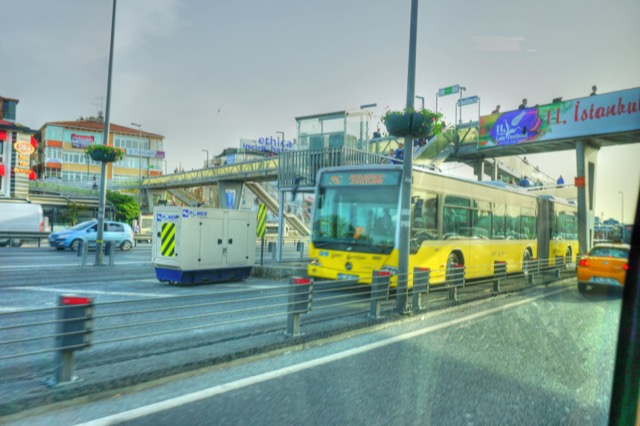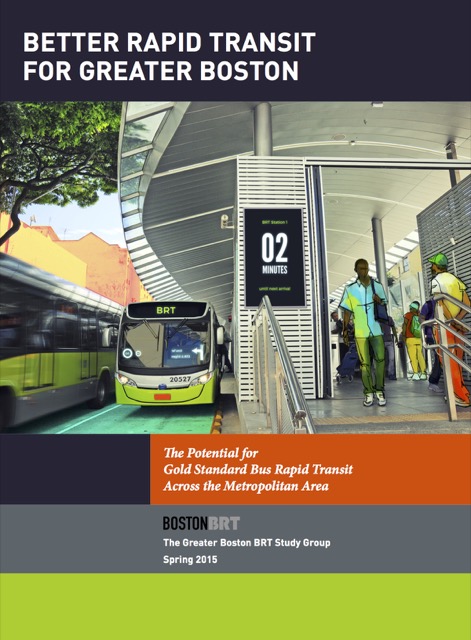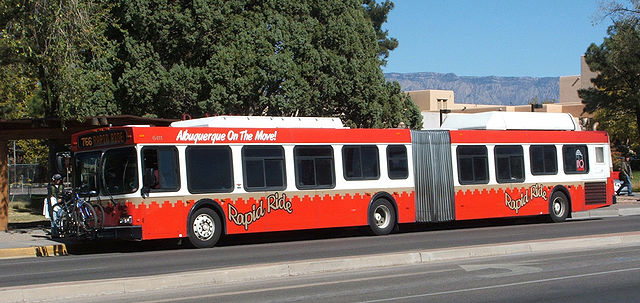Michigan transportation officials are relearning the lessons that transit advocates overstate claims for transit improvements and then backpedal when those promises fail to happen. For example, a bus-rapid transit project in Grand Rapids was supposed to economically transform the corridor it serves and carry 7,400 riders per weekday in its first year.
In fact, it carried just 2,200 riders per weekday and the only transformation in the corridor is the empty park-and-ride station parking lots and increased congestion from dedicating traffic lanes to buses that were once open to all vehicles. The transit agency, meanwhile, revised its ridership projection downward to 5,000 trips per weekday and, when it didn’t meet that, claimed it is still “happy” with the results.
Similarly, ridership on Detroit’s streetcar line, called the QLine, was supposed to be 5,000 to 8,000 trips per weekday. In fact, it was just 4,300 trips when it was free, dropping to 2,700 trips after they began charging fares. Continue reading










